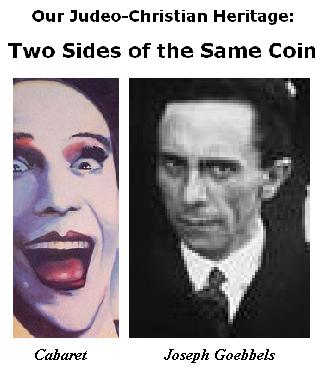The Third Person
The New York Times
November 6, 2007
More on the Career of
the Genius Who Boldly
Compared Himself to God
By MICHIKO KAKUTANI
“Picasso… once said…
‘… No wonder his [Picasso’s] style is so ambiguous. It’s like God’s. God is really only another artist. He invented the giraffe, the elephant and the cat. He has no real style. He just keeps on trying other things. The same with this sculptor….’
The comparison to God, like the use of the third person, was deliberate, of course.”
Of Modern Poetry
The poem of the mind
in the act of finding
What will suffice ….
… It has
To construct a new stage.
It has to be on that stage,
And, like an insatiable actor,
slowly and
With meditation, speak words
that in the ear,
In the delicatest ear
of the mind, repeat,
Exactly, that which it
wants to hear, at the sound
Of which, an invisible
audience listens,
Not to the play, but to
itself, expressed
In an emotion as of
two people, as of two
Emotions becoming one.
The actor is
A metaphysician in the dark….
— Wallace Stevens in
Parts of a World, 1942
Of Modern Metaphysics
“For every work [or act] of creation is threefold, an earthly trinity to match the heavenly.
First, [not in time, but merely in order of enumeration] there is the Creative Idea, passionless, timeless, beholding the whole work complete at once, the end in the beginning: and this is the image of the Father.
Second, there is the Creative Energy [or Activity] begotten of that idea, working in time from the beginning to the end, with sweat and passion, being incarnate in the bonds of matter: and this is the image of the Word.
Third, there is the Creative Power, the meaning of the work and its response in the lively soul: and this is the image of the indwelling Spirit.
And these three are one, each equally in itself the whole work, whereof none can exist without other: and this is the image of the Trinity.”
— Concluding speech of St. Michael the Archangel in a 1937 play, “The Zeal of Thy House,” by Dorothy Sayers, as quoted in her 1941 book The Mind of the Maker. That entire book was, she wrote, an expansion of St. Michael’s speech.
Related material:
 .
.

















 .
.



















